

Sinkholes, Caves and the Devil’s Millhopper
A trip to hell and back
Notes
The incident about Bo Ogletree was reported in The Florida Alligator newspaper on April 14th, 1969, Vol. 61, No. 114. “Student Injured in Warren’s Cave” The remainder of the story although fictional, is based on true places and things.
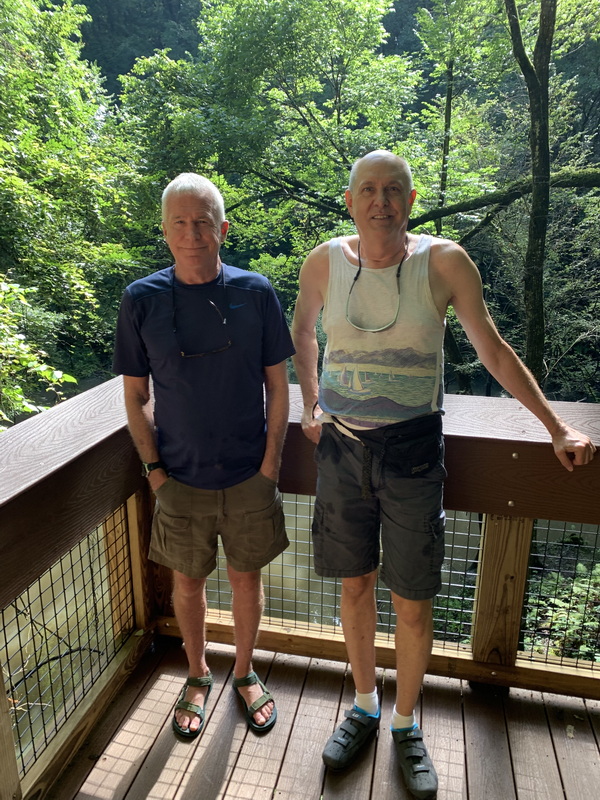 My
Brother and I at Devil's Millhopper 2019
My
Brother and I at Devil's Millhopper 2019
Devil’s Millhopper was purchased by the state in 1974 and is now a state park. A set of 236 wooden steps, along with boardwalks and an observation deck at the bottom were completed in 1976 to allow access down into to the sink to prevent damage of persons climbing down the sides of the sink. The boardwalk was damaged by Hurricane Irma in 2017 and the steps replaced with a 132-step structure that ends higher in the sinkhole than the old one did. Gone are the days of students climbing down into the sink for parties at the bottom or as I did with a group as a senior in high school in 1970.
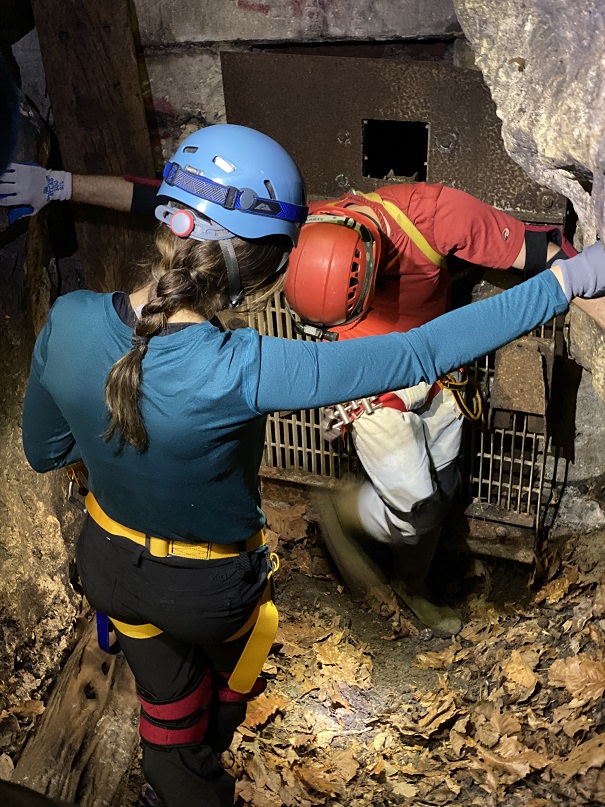 The
Entrance Today
The
Entrance Today
Warren’s Cave, was discovered in the 1830’s by and named after Colonel John Warren, who led government troops at the Battle of San Felasco Hammock during the Second Seminole War. It is approximate five miles west of Devil’s Millhopper off the same road, now called Millhopper Road, and was only entered by the more adventurous types through the early 1970’s, my brother being one of them. In 1969 the entrance to the cave was restricted when the Florida Speleological Society put a locked gate across the entrance with access only by permission of the society after signing a release form.
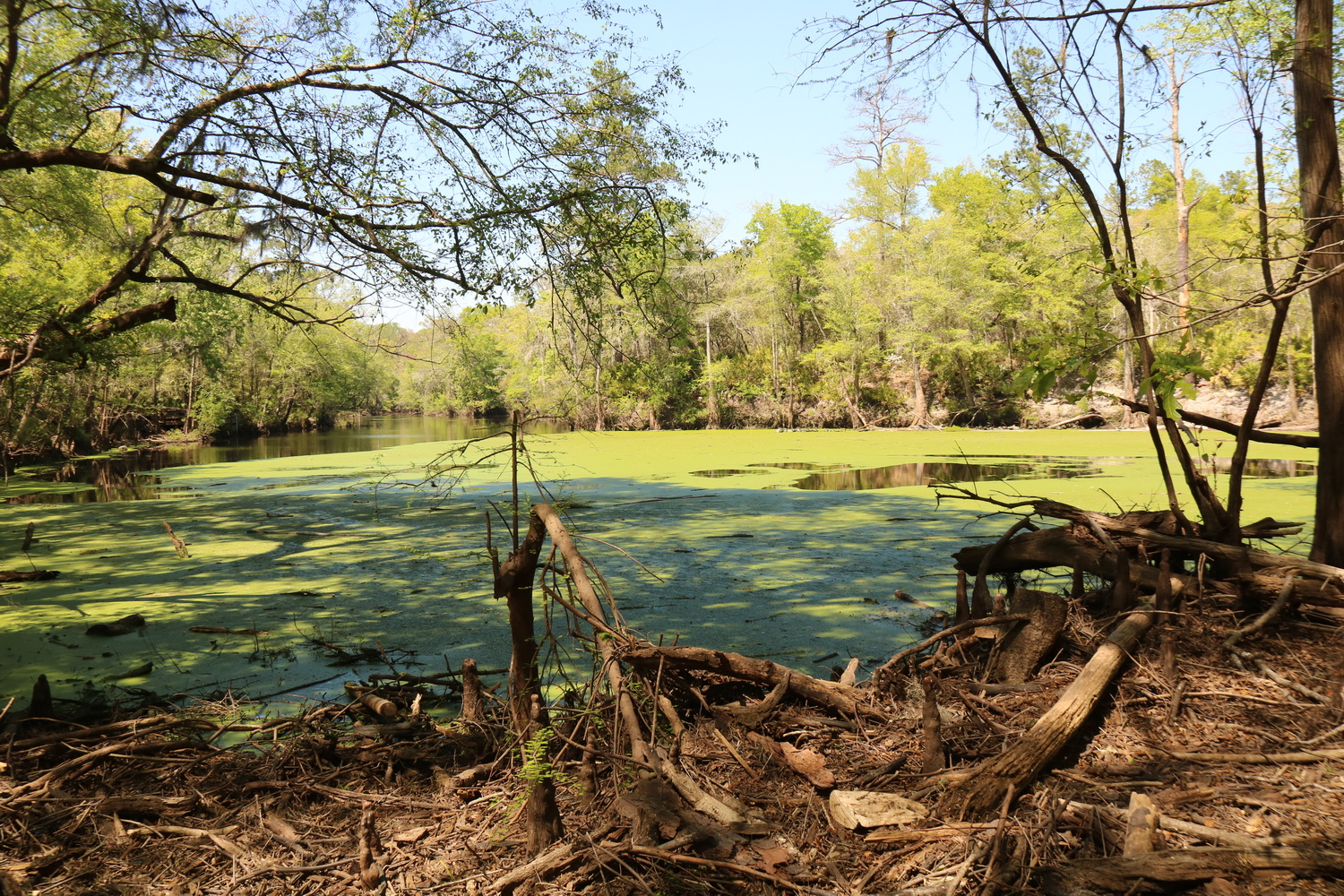 Santa
Fe River going underground at Oleno State Park. Picture taken by me in
2019
Santa
Fe River going underground at Oleno State Park. Picture taken by me in
2019
There is no known underground connection between the Devil’s Millhopper sinkhole and Warren’s Cave but there could very well be. In North Central Florida there are dozens of springs, Blue Springs, Poe Springs, Ginnie Springs, Ichetucknee Springs are some of the better known ones but there are many lesser springs, some are known to have underground connections explored by scuba divers. One of the most amazing underground connections is the Santa Fe River itself, in which the entire river dead ends in a two hundred foot wide cul-de-sac covered with green water plants, logs the size of trees with turtles on them, even an alligator or two, all slowly circling before disappearing underground then to come back up in another cul-de-sac at River Rise over three miles from which the river then continues onwards.
The skeleton Warren came across in the story is based on an article in the University of Florida’s school newspaper the Florida Alligator, Friday, April 7, 1922 about the Warren Cave Man that was found.
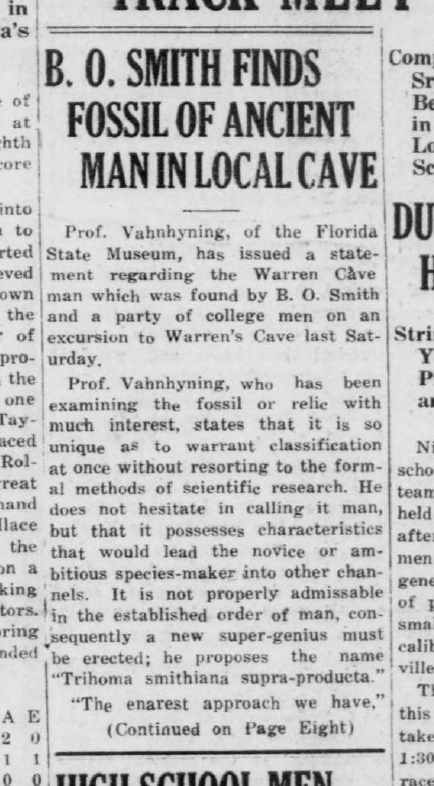
The Independent Florida Alligator, March 7, 1979, Vol. 71, no. 98 has a very good description about a group of spelunkers from the University of Florida sponsored Florida Speleological Society describing their descent into Warren’s Cave. A summary of passages:
Spelunking: A dark, challenging adventure which reveals another world underground
We walked down “The Hall,” as the entrance to Warren’s cave is
called and stopped to get organized at “Chicken’s Grotto”, a small
limes stone pocket….A few feet away loomed the “First Dropoff
“The Runway” a relative clear path where one could see sedimentary
rocks packed with small fossils millions of years old. The deeper we
went, the further back we traveled in Florida’s geologic history.
At the “First Dropoff”, unassisted by ropes we climbed straight up
the rocks toward the entrance. After 10 minutes of hard climbing up
the drop, I looked down into the chasm I just climbed out of.
As I made my way to the entrance, and my eyes squinted in the bright
orange of the setting sun.
“You can’t be afraid of the cave,” Moody said. “Never be afraid of
it. But you must maintain a tremendous amount of respect for the
cave. It can kill you if you don’t.”
Glow Worms are real which I have seen in the Waitomo cave in New Zealand although are not known to be in Florida.
Travertine is a form of limestone which formed by highly mineralized water deposits which I have seen at the Havasupai Indian Reservation in the Grand Canyon and is basically the same material and process that stalactites and stalagmites are formed . [photo At the bottom of Mooney’s waterfall ] The water coats anything left in it with a hard white mineral. One of the most well known true stories was Daniel W. Mooney who in 1879 led an expedition down the Havasu Canyon where he slipped and fell down a 196 foot waterfall. Having no way to get to the bottom of the falls, the other team members were unable to retrieve his body and the expedition left. Almost a year later they returned and managed to descend to the bottom of the falls to find Mooney’s body totally encrusted in white travertine which they then buried him on a small island. The waterfall was later named Mooney Falls.
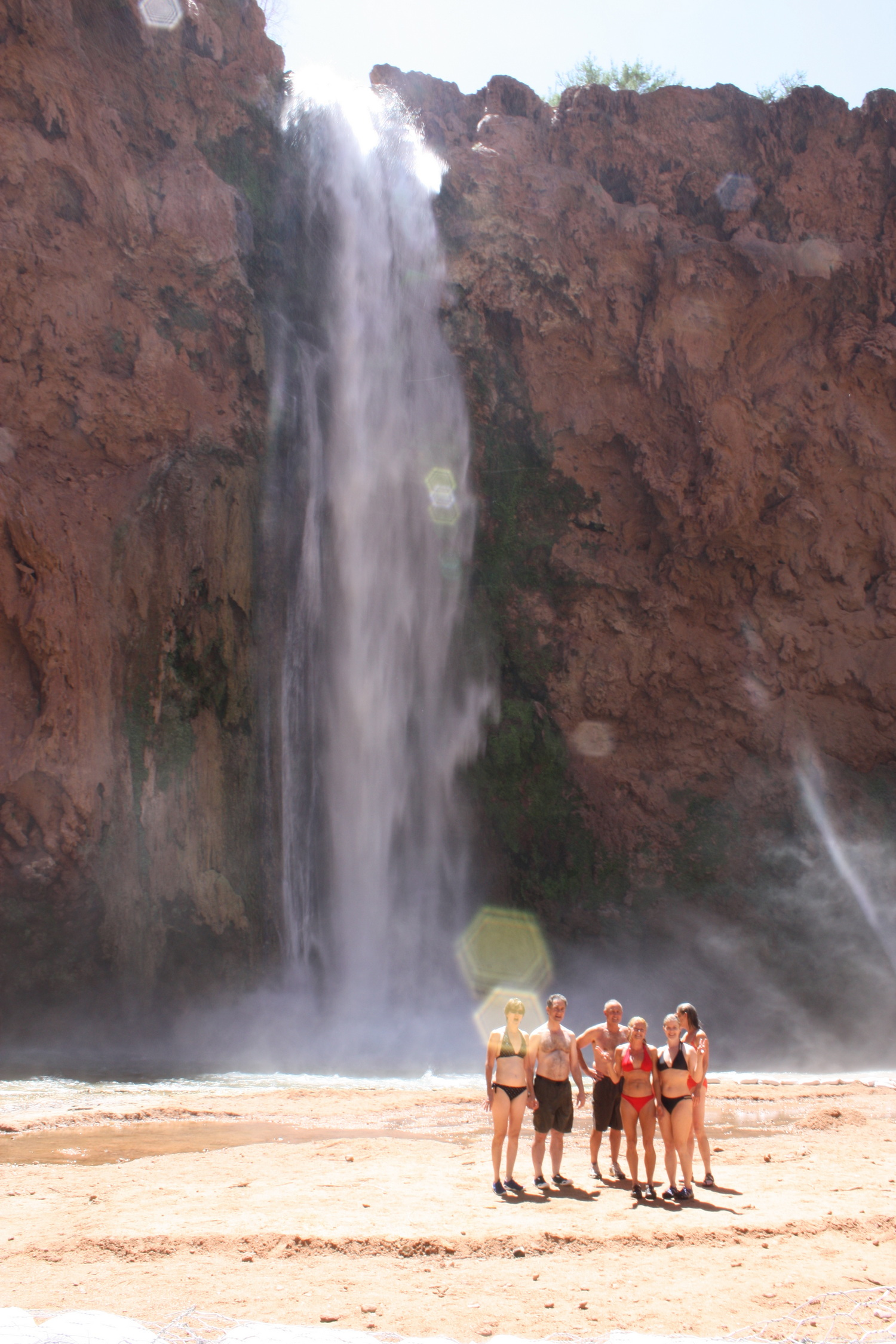 Me
with group at Mooney's Waterfall
Me
with group at Mooney's Waterfall
2009